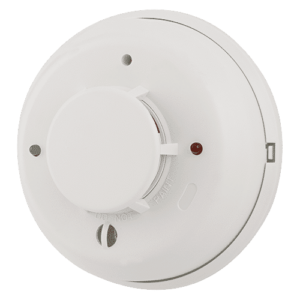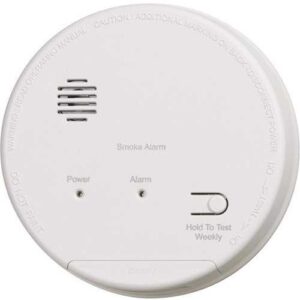System Sensor SS-PHOTO-R SS-Series Photoelectric Smoke Detec
$93.97In stock
Showing 1–16 of 79 results

In stock

In stock

In stock

In stock

In stock

In stock

In stock

In stock

In stock

In stock

In stock

In stock

In stock
System Sensor SS-PTIR Addressable Photoelectric / Thermal / IR Smoke Detector with Base

In stock

In stock
Optical detection
Self-monitoring
Self-Test

In stock
The S/C/SC/H Series devices are for use as evacuation devices in all dwelling units, including but not limited to homes, apartments, hospitals, hotels and motels. Available in several different models, the S/C/SC/H Series is engineered to virtually eliminate nuisance alarms and deliver outstanding performance wherever reliable fire protection is required. The S/C/SC/H Series is provided…
Smoke detectors are essential safety devices designed to provide early warnings of potential fires, helping to protect lives and property. By sensing the presence of smoke, these detectors activate an audible alarm, alerting occupants to evacuate or take action. There are two primary types of smoke detectors: ionization and photoelectric.
Ionization smoke detectors are highly effective at detecting fast-flaming fires, which produce smaller combustion particles. They use a small amount of radioactive material between two electrically charged plates, creating a current of ionized air. When smoke enters the chamber, it disrupts the flow of ions, triggering the alarm. These detectors are ideal for areas where fast-burning fires are more likely, such as kitchens and living rooms.
Photoelectric smoke detectors, on the other hand, are better at detecting slow, smoldering fires, which produce larger smoke particles. They use a light source and a sensor within a chamber. When smoke enters the chamber, it scatters the light beam, causing it to hit the sensor and trigger the alarm. Photoelectric detectors are well-suited for areas like bedrooms and hallways where smoldering fires may occur.
For comprehensive fire protection, many experts recommend using a combination of both ionization and photoelectric smoke detectors, or opting for dual-sensor detectors that incorporate both technologies